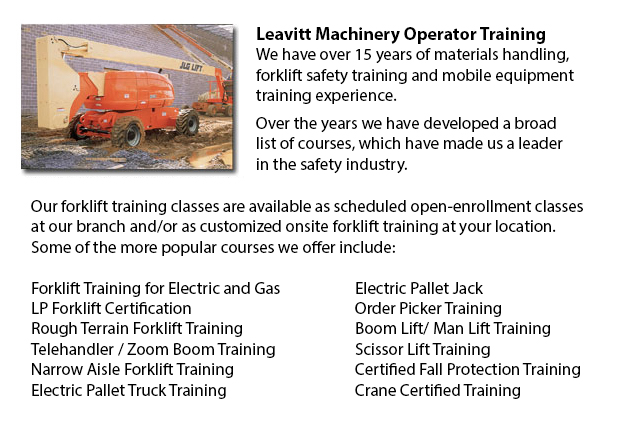
Ottawa Aerial Lift Certification - Aerial Lift Certification is for those who need an in-depth understanding of aerial lift safety. Inspectors and operators, construction craftsmen, supervisors and maintenance workers have to perform a training and certificate program. State, federal and provincial rules require businesses to be certified to be able to do in-house aerial lift checks.
The majority of workers who are needed to work at elevated level would normally make use of the same means to get to these required heights, regardless of the kind of work which must be carried out. Aerial lifts and scissor lifts are the mechanized devices used to be able to lift equipment and employees to elevated worksites.
Bucket trucks known as Cherry Pickers are aerial platforms which feature a bucket and supported boom. The main danger to utilizing this particular type of platform is usually falls, electrocutions, and tip overs. Certification ensures that workers who make use of aerial lifts are correctly trained to work the equipment safely. Training also guarantees that workers know how to maintain aerial work platforms in accordance with the manufacturer's directions.
Training includes the following lifts: Aerial lifts that are mounted to vehicles, Boom-supported aerial lifts and scissors lifts. Trainees would gain knowledge of the results and causes of aerial lift incidents, and will learn safe operating procedures. They will be technically competent in the various kinds of aerial lifts, as well as terms and components. From choosing the best aerial lift for the task to interpreting rated capacity charts, the certification program will provide workers with all that they have to know to safely do their work.
Those who are assigned the responsibility of inspecting aerial lift machines should know how to inspect gears, booms, structural components, operating mechanisms, control systems and functions, power plants, braking systems, attachments, shafts and pins, electric and pneumatic parts, hydraulic, emergency safety devices and operator aids, and all that. Training would include the following: the inspector's role in reducing liability exposure and accidents; how to perform a pre-use, annual and monthly inspection; how to write inspection reports; how to interpret and apply regulations regarding aerial lift safety standards; inspection procedures, checklists and techniques; complying with record keeping requirements; applying and understanding the three levels of aerial lift inspection; and when to remove aerial lifts from service if they are defective.
-
Ottawa Boom Lift Ticket
Ottawa Boom Lift Ticket - Boom Lifts are a table lift piece of equipment which could be lifted or lowered to varying heights, making this apparatus a useful tool for many manufacturing purposes. There are some unique types of Boom Lift consisting of... More -
Ottawa Boom Lift Operator Training
Ottawa Boom Lift Operator Training - The cherry picker work platform is a kind of work platform, which will typically have a bucket or platform at the hydraulic lifting system's end. The device is also referred to as a man lift, boom lift, basket cra... More -
Aerial Lift / Boom Lift / Man Lift / Scissor Lift Training in Ottawa
Scissor lifts are forklift tables which raise objects and people and supplies vertically. They are normally utilized in industrial, construction and commercial environments. A common use of scissor lifts is for lifting or lowering construction suppli... More -
Ottawa Crane Certification
Ottawa Crane Certification - The Crane Certification training program covers content suggested by industry concerning the safe and efficient operation of cranes. Individuals training would know the following: pre-operational, operational and post ope... More -
Ottawa Heavy Equipment Training Courses
Ottawa Heavy Equipment Training Courses - The first step required to take when selecting heavy equipment operator courses is determining the capacity you wish to work with heavy machinery. Like for example, you can take courses that will teach you ho... More -
Ottawa Fall Protection Ticket
Ottawa Fall Protection Ticket - Fall-related accidents are the number one reason of death in the construction trade. The potential for fall accidents very much increases based on the kind of work which is being completed within your workplace. So, be... More -
Ottawa Telehandler Operator Training
Ottawa Telehandler Operator Training - Telescopic handler Forklifts or telehandler forklifts are common industrial machinery seen in various construction business settings. The telehandler is a useful machine and makes for a valuable tool that can be... More -
Fall Protection Training in Ottawa
Regrettably, there is a large number of workplace injuries linked to falling and lots of fall-related deaths reported each year. Lots of these instances might have been prevented by having proper measures in place, offering proper training and equipp... More

Forklift Certification Ottawa
TOLL FREE: 1-888-254-6157
Ottawa, Ontario
forkliftcertificationottawa.com
Email Us
About Us


